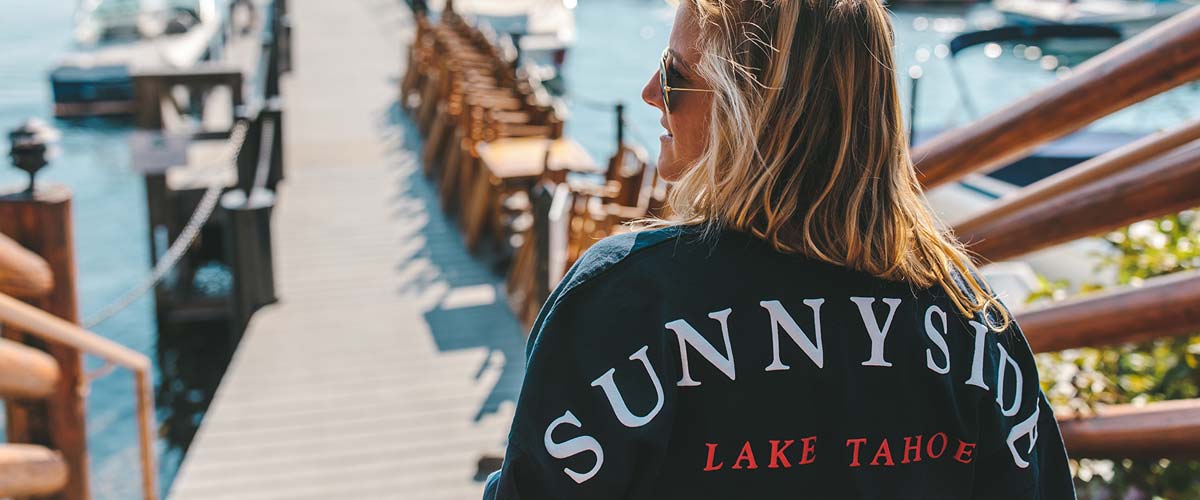Before you start your reservation online:
If you would rather speak to a real person or if you aren't offered your desired time online, please call us. We'd love to talk to you and assist you any way we can.

By Tim Hauserman
In the Tahoe region, trees tend to find the altitude niche that best provides for their needs. Both the sugar pine and incense cedar grow at lake level, but the most common trees found near 6200 feet are white fir and Jeffrey pine.
When young, the Jeffrey pine is fairly nondescript. They have gray bark that looks similar to the more common white fir, but Jeffreys are easily identified by long light green needles in groups of three, and large round cones. But when they have packed a lot of years under their belts, the Jeffrey grows into an awe inspiring sight. They become tall and thick, the lower branches drop off, and the branches which remain high in the tree become stout. In the largest Jeffreys, these upper branches can become as big as the trunk of a small tree. And the Jeffrey bark turns light red and the bark plates become like humongous jigsaw puzzle pieces.
A perfect place to see some enormous Jeffreys is at Ward Creek State Park, just a half mile from Sunnyside Resort. The park underwent a major tree thinning effort just a few years ago, and a new trail network was developed. Many of the smaller fir trees were removed, which allows you to witness the large Jeffreys in their full glory. Catch the trail just south of where the bike trail crosses over Ward Creek.
While strolling past these amazing wonders, be sure and take a whiff. If you get your nose right into the bark of an ancient Jeffrey you will smell the distinct and pleasant odor of vanilla or butterscotch. The warmer the day, the stronger the smell will be.
Jeffreys are closely related to the ponderosa pine, and in fact many people mistakingly believe they are looking at a ponderosa when they are seeing a Jeffrey. In general, Tahoe’s lake level is at the upper end of the ponderosa range and the vast majority of yellow pines seen in the Tahoe region are Jeffreys. The major difference between the trees is that the ponderosa cones are smaller and more prickly to handle then the Jeffrey cones.